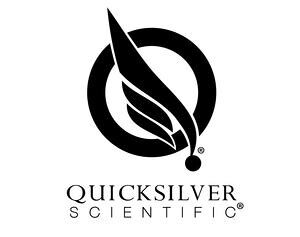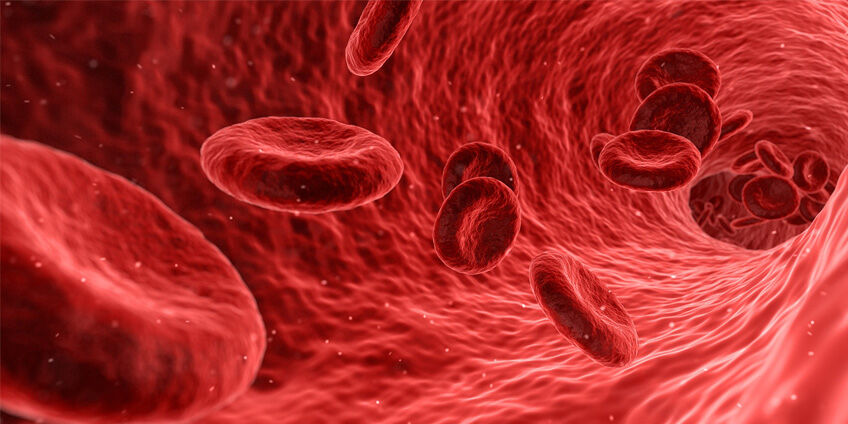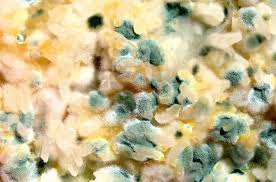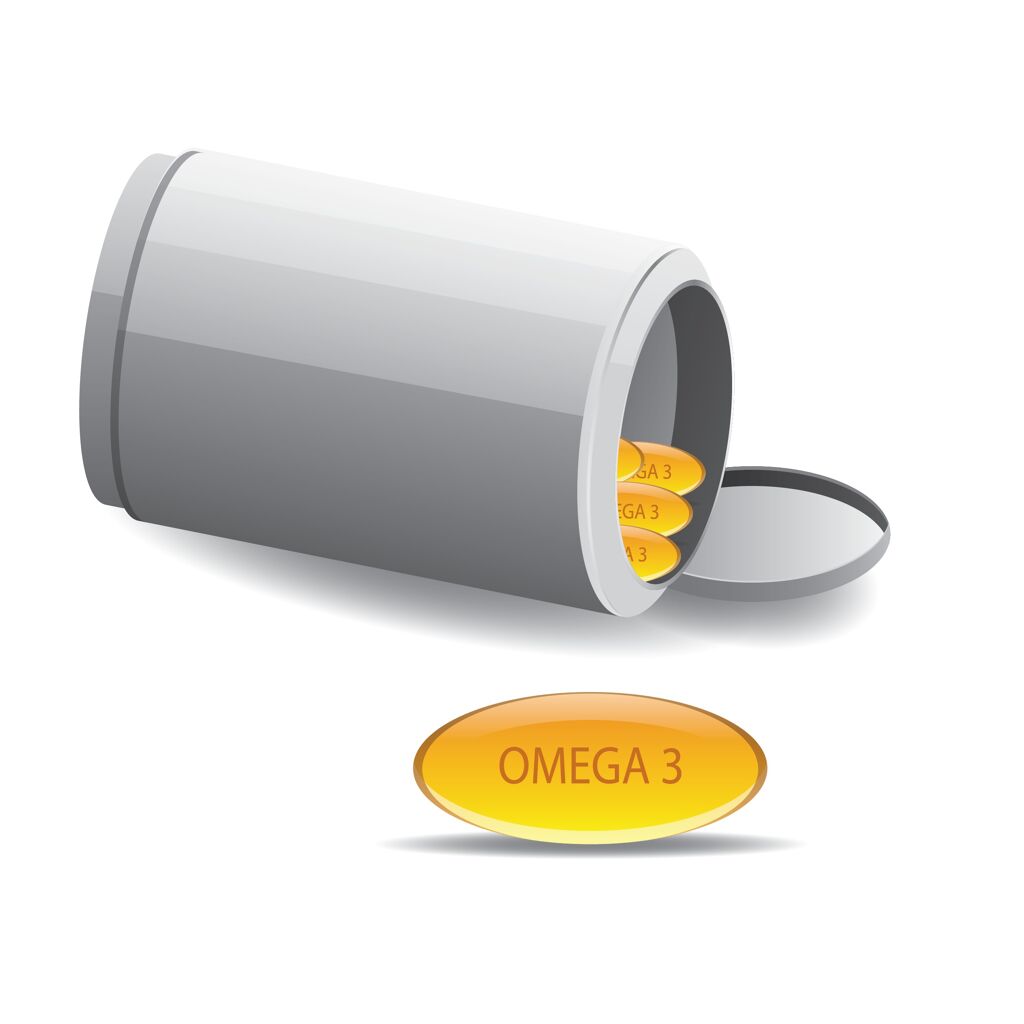Mast Cell Activation Syndrome (MCAS) What is it and could it be affecting your health? Part 1

MCAS: Mast Cell Activation Syndrome: Part 1
This is Part 1 of our 2-part series on Mast Cell Activation Syndrome. In Part 1, we will discuss what is Mast Cell Activation Syndrome, symptoms and diagnostic criteria. Next week in Part 2, stay tuned for information on causes, triggers, treatment and most importantly, what you can do about MCAS.
Introduction:
Mast Cell Activation Syndrome or MCAS is a collection of symptoms resulting from mast cells or MCs which have been inappropriately activated (Afrin, 2013). When MCs become overactive, they can cause serious problems in the body.
MCAS and its symptoms can present as chronic and persistent or recurring periodically (Afrin, 2013). It usually appears relatively early in life via unknown mechanisms. It is possible that an interaction of environmental factors with inherited risk factors is the cause (Afrin, 2013).
It initially appears often in childhood or adolescence but symptoms are non-specific. Often all of MCAS’s symptoms are non-specific, which can lead to decades of mysterious illness and incorrect diagnoses before a correct diagnosis of MCAs is determined (Afrin, 2013).
Mast cell activation syndrome is different from mastocytosis. In mastocytosis, there is an excessive growth or amount of mast cells. Mastocytosis can also occur when the mast cells produced have some sort of genetic defect (Gerhard J Molderings, 2011). Mastocytosis is very rare and not usually triggered by an irritant (Gerhard J Molderings, 2011).
In MCAS, due to some type of trigger (we will discuss possible triggers in Part 2 next week), mast cells become overactive in some people, leading to the development of mast cell activation syndrome (Valent, 2013). Mast cell activation causes chronic inflammation that causes mild to life-threatening symptoms (Valent, 2013).
To Read About Blog Topic, Scroll Down
Want To Work With Our Clinic?
Do you have a chronic or mystery illness that no one has been able to help you with? Are you simply wanting to re-connect with a healthier version of yourself? It’s Time To Finally Feel Better!
MCAS Symptoms:
MCAS‐related symptoms may be mild, moderate, severe, or even life‐threatening (Valent, 2013). The severity of MCAS depends on a number of different factors, including genetic susceptibility, the number of mast cells involved, which chemicals are released in the reaction, the type of allergen, the presence of a specific IgE allergy and the possible presence of certain comorbidities (i.e.: one or more additional conditions co-occurring with the primary condition of MCAS) (Valent, 2013).
MCAS was first recognized in 1991 and not identified as a condition until 2007 (Afrin, 2013). Diagnostic criteria were not in place until 2010 (Akin C, 2010).
So what is it?
Definition: Mast cells are white blood cells in the immune system. Mast cells are involved in various important functions such as certain immune system processes like inflammation, defense against pathogens and allergic reactions (EZ da Silva, 2014). They are also involved in the formation of new blood cells, wound healing, the development of immune tolerance, and the maintenance of blood-brain barrier function (EZ da Silva, 2014).
As part of the immune system, mast cells produce inflammatory histamine, cytokines and other chemicals. These chemicals that they release are referred to as ‘mediators’. There are over 200 different types of mediators that they release, including histamine, tryptase, prostaglandins, leukotrienes and others (Tae Chul Moon, 2014). Cytokines can be positive or problematic, but are generally thought to be pro-inflammatory overall and we see this evidenced by MCAS significantly involving inflammation.
MCAS occurs if something goes wrong with the mast cells. In MCAS, a normal amount of mast cells are present but they are over-activated out of proportion to the perceived threat, causing them to release excessive amounts of mediators (Gerhard J Molderings, 2011).
Mast cell activation commonly happens in the case of an allergy. The allergic reaction begins when the allergen interacts with IgE antibody complexes which are on the surface of sensitized mast cells (Walsh, 2013). This causes a series of downstream signaling events within the mast cell. This process leads to the release of chemical mediators such as histamine from mast cells as well as the production of cytokines and chemokines, which are inflammatory molecules of the immune system. The actions of these mediators as well as other immune cells are responsible for the effects of an IgE‐mediated allergic reaction (Walsh, 2013). Mast cells are central to both the development and maintenance of allergic diseases.
MCAS can occur as an indirect result of another disease or condition and be unrelated to an allergy. An IgE-type allergy can be a cause of secondary MCAS, but other diseases can cause secondary MCAS also (Mast Cell Activation Syndrme Variants, 2019).
It used to be thought that histamine was the primary mediator released by mast cells. But we now know that there are hundreds of mediators involved. Due to the vast number of possible mediators and the large diversity of both direct and indirect, local and remote effects caused by these mediators released by MCs, MCAS can present itself quite differently in different people (Akin, 2017). Thus the symptoms of MCAS can vary by person, based on which mediators are released by the overactive mast cells:
Possible Effects of Some Mast Cell Mediators (Symptoms And Triggers Of Mast Cell Activation, 2019)
| MEDIATOR | POSSIBLE EFFECTS |
| Histamine | Flushing, itching, diarrhea, hypotension |
| Leukotrienes | Shortness of breath |
| Prostaglandins | Flushing, bone pain, brain fog, cramping |
| Tryptase | Osteoporosis, skin lesions |
| Interleukins | Fatigue, weight loss, enlarged lymph nodes |
| Heparin | Osteoporosis, problems with clotting/bleeding |
| Tumor Necrosis Factor-α | Fatigue, headaches, body aches |
This list is not exhaustive and is just to serve as an example. Mast cells secrete many different types of mediators responsible for numerous symptoms (Symptoms And Triggers Of Mast Cell Activation, 2019). Furthermore, mast cells are found in all human tissue in the body, so MCAS can potentially have an effect within every organ system of the body (Gerhard J Molderings, 2011). It has been found to be associated with conditions such as obesity, diabetes, skin conditions, irritable bowel syndrome (IBS), depression, autoimmune conditions and possibly others (Anand P, 2012).
In fact, some clinicians are beginning to think that histamine intolerance issues could be MCAS, which would make it a more common condition as histamine intolerance is seen more frequently than MCAS is (Chris Kresser, 2019).
Diagnosis:
There are three criteria to officially diagnose MCAS:
- the symptoms recur in separate episodes or are chronic
- tryptase, one of the possible mast cell mediators, is measured as elevated during and after an episode and
- symptoms decrease in a ‘complete and major’ response to medications that inhibit histamine and other mediators (Overview & Diagnosis, 2019).
Testing:
There is no definitive test for MCAS but there are a number of biomarkers that can aid in coming to a diagnosis. The markers below can be useful in confirming a diagnosis of MCAS and in tracking the progress of treatment (Become Mold Illness Free., 2019). Most of these biomarkers are mediators released by mast cells:
- DAO
- Histamine
- Ratio between DAO and Histamine
- Tryptase
- Chromogranin A
- Prostaglandin F2 alpha
- Prostaglandin D2
- Heparin
- N-methylhistamine
We will continue next week with Part 2 of Mast Cell Activation Syndrome, when we will discuss causes, triggers, treatment and most importantly, what you can do about MCAS. Please be sure to read MCAS Part 2. If you are in the United States and want to find out about working with our medical clinic, please click the button on the left below for a free health evaluation. If you are a clinician interested in learning functional medicine, please click the button on the left to learn about our online Functional Medicine school (worldwide).
Book My Free Phone Health Evaluation Functional Medicine Certification for Clinicians
References:
- Become Mold Illness Free. (2019). Retrieved 6 25, 2019, from Mold Illness Made Simple: https://www.moldillnessmadesimple.com/
- Chris Kresser. (2019, 5 28). Retrieved 6 26, 2019, from https://chriskresser.com: https://chriskresser.com/could-your-histamine-intolerance-really-be-mast-cell-activation-disorder/
- Mast Cell Activation Syndrme Variants. (2019). Retrieved 6 25, 2019, from The Mastocytosis Society Mast Cell Diseases: https://tmsforacure.org/overview/mast-cell-activation-syndrome-variants/
- Overview & Diagnosis. (2019). Retrieved 6 25, 2019, from The Mastocytosis Society Mast Cell Diseases: https://tmsforacure.org/overview/
- Symptoms And Triggers Of Mast Cell Activation. (2019). Retrieved 6 25, 2019, from The Mastocytosis Society Mast Cell Diseases: https://tmsforacure.org/symptoms/symptoms-and-triggers-of-mast-cell-activation/
- Afrin LB, K. A. (2015). Mast Cell Activation Disease and Microbiotic Interactions. Clinical Therapeutics, 941-53.
- Afrin, L. B. (2013). Presentation, diagnosis, and management of mast cell activation syndrome. In L. B. Afrin, Mast Cells: Phenotypic Features, Biological Functions and Role in Immunity (pp. 155-232). Nova Science Publishers, Inc.
- Akin C, V. P. (2010). Mast cell activation syndrome: Proposed diagnostic criteria. The Journal of Allergy and Clinical Immunology, 1099-104.
- Akin, C. (2017). Mast cell activation syndromes. The Journal of Allergy and Clinical Immunology.
- Anand P, S. B. (2012). Mast cells: an expanding pathophysiological role from allergy to other disorders. Naunyn-Schmiedeberg’s Archives of Pharmacology, 657-70.
- Elenkov IJ, W. E. (1999). Stress, corticotropin-releasing hormone, glucocorticoids, and the immune/inflammatory response: acute and chronic effects. The Annals of the New York Academy of Sciences.
- EZ da Silva, M. J. (2014). Mast cell function: a new vision of an old cell. Journal of Histochemistry and Cytochemistry, 698–738.
- Genuis SJ, B. S. (2012). Human elimination of phthalate compounds: blood, urine, and sweat (BUS) study. Scientific World Journal.
- Genuis SJ, B. S. (2012). Human excretion of bisphenol A: blood, urine, and sweat (BUS) study. International Journal of Environmental Research and Public Health.
- Gerhard J Molderings, S. B. (2011). Mast cell activation disease: a concise practical guide for diagnostic workup and therapeutic options. Journal of Hematology & Oncology, 10.
- José Pedro Lopes, M. S. (2015). Opportunistic pathogen Candida albicans elicits a temporal response in primary human mast cells. Scientific Reports.
- Kritas SK, G. C. (2018). Impact of mold on mast cell-cytokine immune response. Journal of Biological Regulators & Homeostatic Agents, 763-768.
- Lee TD, S. M. (1986). Mast cell responses to helminth infection. Parasitology Today, 186-91.
- Lichtenberger, D. F. (2015, April 11). DukeHeartCenter/3-mcas-frank-lichtenberger. Retrieved 6 25, 2019, from www.slideshare.net: https://www.slideshare.net/DukeHeartCenter/3-mcas-frank-lichtenberger
- Pia Christ, A. S. (2018). The Circadian Clock Drives Mast Cell Functions in Allergic Reactions. Frontiers in Immunology.
- R. Saluja, M. M. (2012). Role and Relevance of Mast Cells in Fungal Infections. Frontiers in Immunology, 146.
- S. Bent, C. G. (1992). The effects of heavy metal ions (Cd2+, Hg2+, Pb2+, Bi3+) on histamine release from human adenoidal and cutaneous mast cells. Inflammation Research, C321–C324.
- Sears ME, K. K. (2012). Arsenic, cadmium, lead, and mercury in sweat: a systematic review. International Journal of Environmental Research and Public Health.
- Tae Chul Moon, A. D. (2014). Mast Cell Mediators: Their Differential Release and the Secretory Pathways Involved. Frontiers in Immunology, 569.
- Valent, P. (2013). Mast cell activation syndromes: definition and classification. European Journal of Allergy and Clinical Immunology, 417-424.
- Walsh, D. F. (2013). Twenty‐first century mast cell stabilizers. British Journal of Pharmacolgy.
Are You Suffering From A Chronic Illness?
Does your current health situation look like this…
- Do you feel that you have tried many things and either nothing works, or the treatment does not hold?
- Have you been told that there is nothing that can be done to reverse your illness and you just need to manage symptoms?
- Does your illness impact your work, your family, your happiness and your social life?
We specialize in finding answers and solutions for complicated chronic illness when people feel like they have tried everything. If this sounds like you, book a free call with us to see if we are the right fit for your health goals.
Dr. Miles has spoken for the following organizations:


















Responses